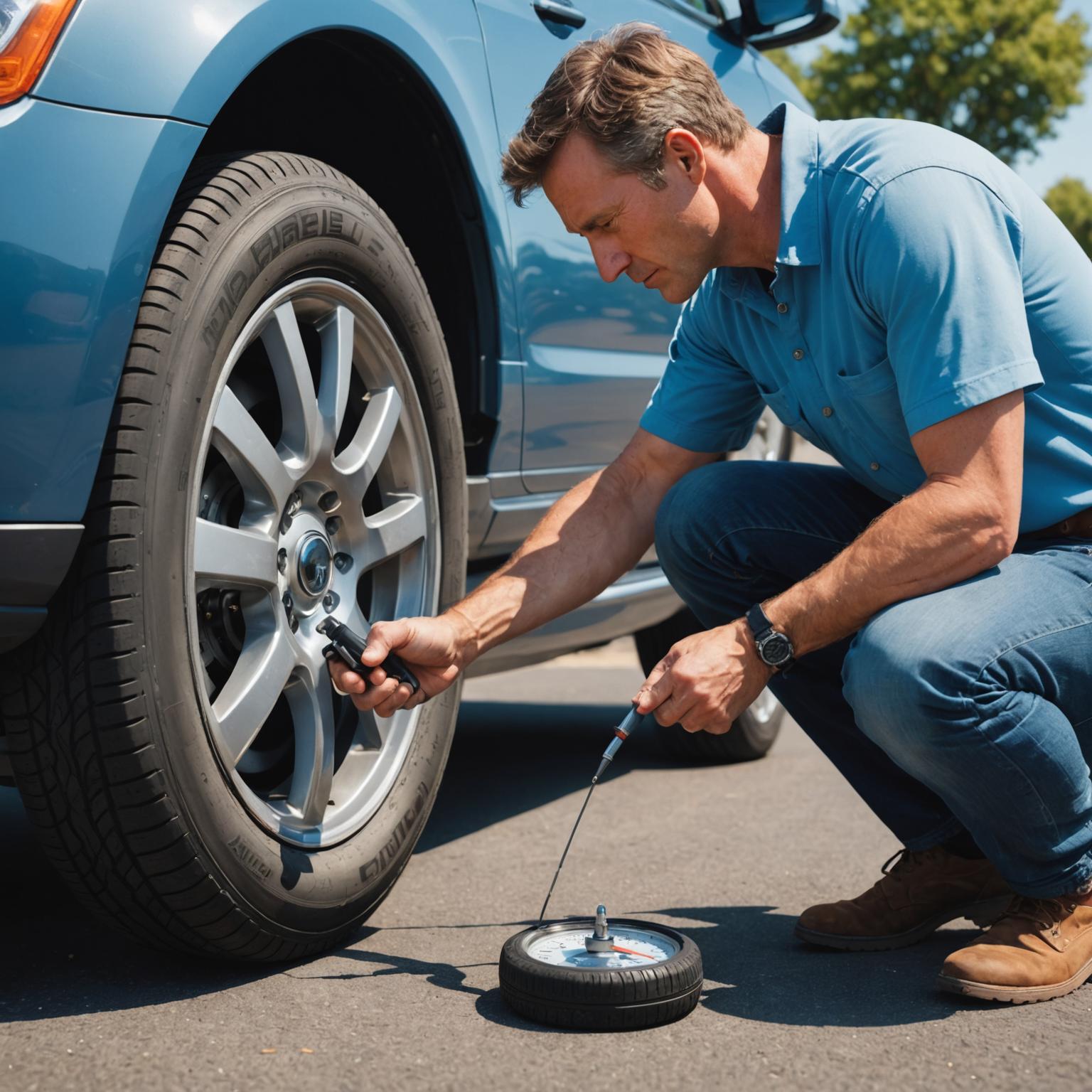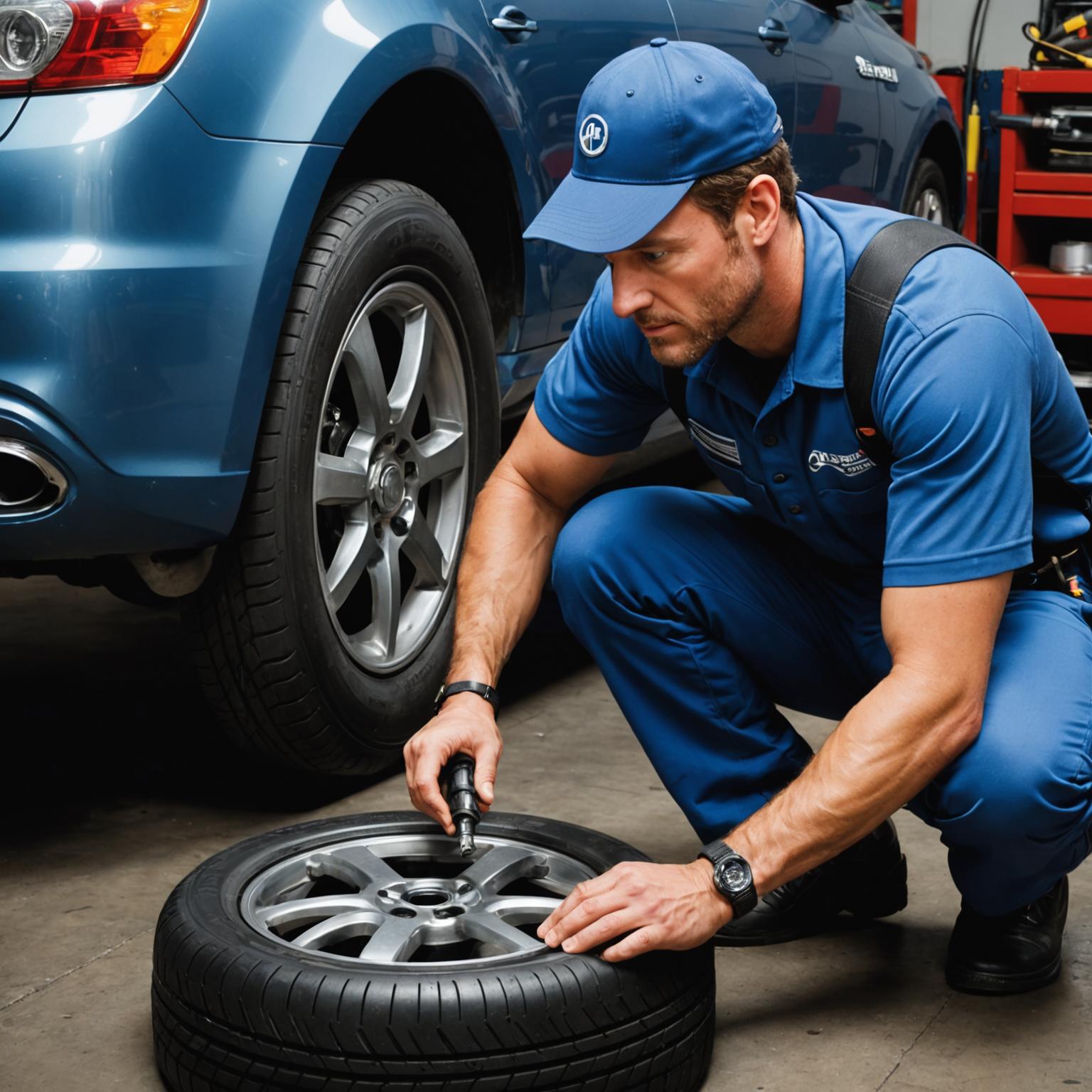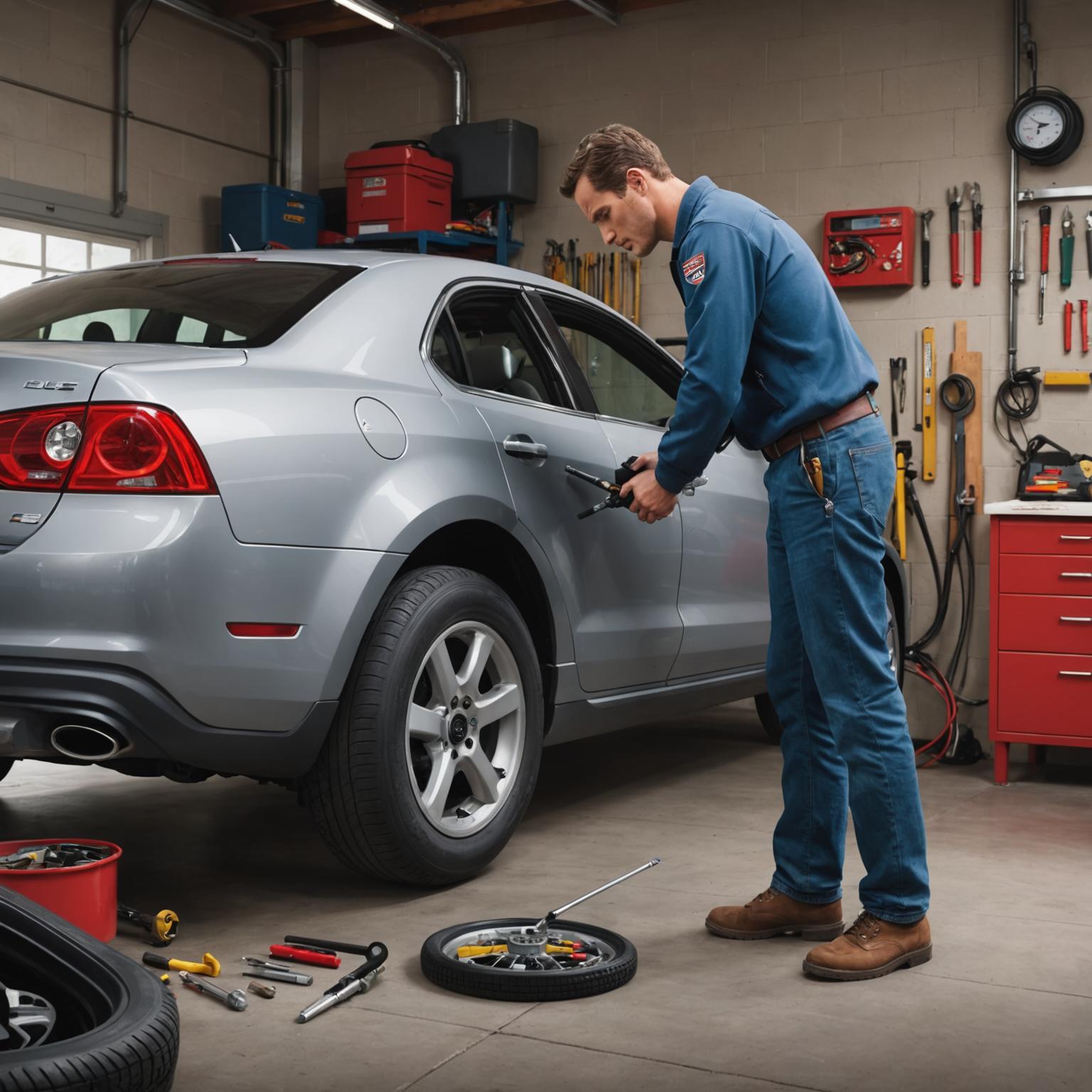Dial tire gauges are essential tools for maintaining optimal vehicle performance and safety. These devices provide accurate readings of tire pressure, helping drivers ensure that their tires are neither underinflated nor overinflated, which can lead to better fuel efficiency and reduced wear. As a fundamental aspect of automotive maintenance, dial tire gauges offer a reliable, mechanical way to monitor tire pressure, making them a staple in any driver's toolkit. In this article, we'll explore the intricacies of dial tire gauges, including their types, benefits, and proper usage, to help you make informed decisions about tire pressure measurement.
What is a Dial Tire Gauge?
A dial tire gauge is a mechanical instrument designed to measure the pressure inside a vehicle's tires with precision. It typically features a needle that moves along a circular scale to indicate pressure levels, often in pounds per square inch (PSI) or bars. This analog tire gauge stands out for its simplicity and durability, as it doesn't rely on batteries or electronic components, making it ideal for on-the-go use. Tire pressure measurement with a dial tire gauge involves attaching the device to the tire valve and reading the dial directly. Unlike digital alternatives, this tool provides an immediate, hands-on approach that many enthusiasts prefer for its straightforward operation. Dial tire gauges have been a trusted option in the automotive world for decades, offering consistent results without the need for calibration in most cases.
Types of Automotive Tire Pressure Gauges
When it comes to tire pressure gauges, there are several variations, but the analog tire gauge, particularly the dial type, remains popular for its classic design. An analog tire gauge works by using a bourdon tube mechanism that expands or contracts based on the pressure applied, which then moves the needle on the dial. This is in contrast to digital gauges that display readings on an LCD screen. Automotive tire pressure gauges like the dial version are widely available and come in different sizes and pressure ranges to suit various vehicles, from compact cars to heavy trucks. Another related type is the tire pressure gauge that might include additional features, such as built-in lights for nighttime use or flexible hoses for easier access. Dial gauge for tires specifically emphasizes the circular readout, which can be easier to read at a glance compared to linear scales. Understanding these options helps in selecting the right tool for accurate tire pressure measurement, ensuring that your vehicle's tires are always at the optimal level for safety and performance.
How to Use a Dial Tire Gauge Effectively
Using a dial tire gauge is a straightforward process that begins with ensuring the gauge is in good condition and calibrated if necessary. First, remove the valve cap from the tire and firmly press the gauge's nozzle onto the valve stem until you hear a hiss, indicating a seal. The needle on the dial will then move to show the current pressure. It's important to take multiple readings if possible, as temperature and recent driving can affect the results. For best practices in tire pressure measurement, check your tires when they are cold, meaning the vehicle hasn't been driven for at least three hours. This analog tire gauge method is not only user-friendly but also allows for quick adjustments using an air compressor if the pressure is low. Remember to compare the reading to your vehicle's recommended PSI, which is usually found in the owner's manual or on a sticker inside the driver's door. Proper usage of dial tire gauges can prevent issues like uneven tire wear or blowouts, enhancing overall road safety.
Benefits and Advantages of Dial Tire Gauges
One of the primary advantages of dial tire gauges is their reliability in various conditions. Unlike electronic devices, they aren't affected by extreme temperatures or low battery issues, making them a dependable choice for long trips or off-road adventures. Tire pressure gauge users often appreciate the tactile feedback and immediate visibility that dial models provide, allowing for precise monitoring without any lag. Additionally, these gauges are generally more affordable and longer-lasting, reducing the need for frequent replacements. When compared to other options, a dial gauge for tires offers a vintage yet effective approach that appeals to those who value simplicity in their tools. Regular use of automotive tire pressure gauges like this can lead to improved fuel economy, as properly inflated tires reduce rolling resistance. Furthermore, maintaining correct pressure with a dial tire gauge can extend the lifespan of your tires, saving money in the long run and contributing to environmental sustainability by reducing waste.
Maintenance Tips and Safety Considerations
To ensure your dial tire gauge remains accurate over time, it's essential to handle it with care and store it properly. Avoid dropping the gauge or exposing it to harsh chemicals, as this could damage the internal mechanisms. Periodically, you can test its accuracy by comparing it to a known standard or having it calibrated by a professional. Safety is paramount when dealing with tire pressure measurement, as underinflated tires can lead to poor handling and increased risk of accidents, while overinflated ones might cause blowouts. Always wear protective gloves when checking tires to avoid any valve stem issues, and make sure to reattach the valve caps to keep out dirt and moisture. Integrating a dial tire gauge into your routine maintenance can help you catch problems early, promoting safer driving habits. By staying vigilant with tools like the analog tire gauge, you contribute to better vehicle performance and longevity.
Conclusion and Final Thoughts
In summary, dial tire gauges are an indispensable tool for anyone serious about vehicle maintenance, offering a blend of accuracy, simplicity, and durability. Whether you're a daily commuter or an avid road tripper, understanding and utilizing these gauges can make a significant difference in your driving experience. From the basic mechanics of how an analog tire gauge works to the practical benefits it provides, this article has covered the essentials to help you navigate the world of tire pressure measurement. By incorporating regular checks with automotive tire pressure gauges, you not only enhance safety but also optimize your vehicle's efficiency. Remember, the key to safe and efficient driving lies in the details, and a reliable dial tire gauge is a small investment that yields big returns.






